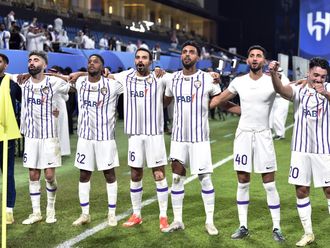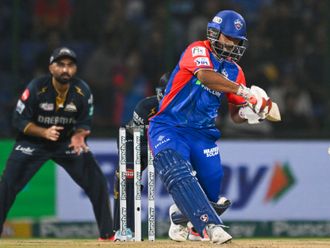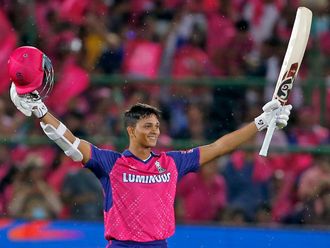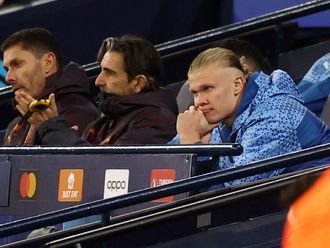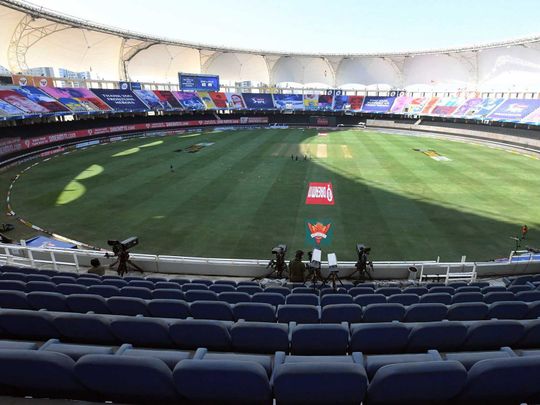
If you’ve been watching the Indian Premier League in the UAE, you’ve been listening to piped crowd noise. The stadiums are mostly empty, and the piped spectator soundtrack gives a veneer of reality.
Most of the time, the crowd noise works fine. Sometimes, the broadcasters get it wrong. When a huge roar goes up, you look up to see a flick fielded at short square-leg. And you wonder, what really happened? It’s just that the crowd noise track wasn’t in sync with the action on the field.
see also
- IPL 2020 in UAE: Fans in Dubai enjoy opener between Mumbai Indians and Chennai Super Kings
- IPL 2020 in UAE: Sunrisers Hyderabad vs Royal Challengers Bangalore in pictures
- IPL 2020 in UAE: Kolkata Knight Riders lose to Mumbai Indians in pictures
- IPL 2020 in UAE: Rajasthan Royals defeat Chennai Super Kings in pictures
That brings us to one of the main cast of the IPL show: the spectators. Over the last 12 seasons, they have played a significant role in IPL’s evolution as a huge brand. Thousands of supporters pack the stadiums and millions more stay glued to television screens, and that’s what keeps the IPL growing. Their unwavering support is what helps the IPL to rake in the big bucks. They know it, the teams know it.
The raucous crowds, the Mexican waves in the stands, the banners and placards with cheeky messages all make for the IPL fever. So how can there be an IPL without crowds?
An IPL without crowds is a fallout from COVID-19, the global pandemic caused by the coronavirus. The contagion has kept people away and sport ground to a halt. When it resumed, spectators were absent. NBA games and English Premier League fixtures were played in empty stadiums. The crowds were kept away from the US Open tennis and Champions League football too.
The absence of cheering crowds hasn’t affected the action in IPL 2020. All the supporters are following their teams on television, computers, tablets or mobile phones. Never mind the noise that’s piped in.
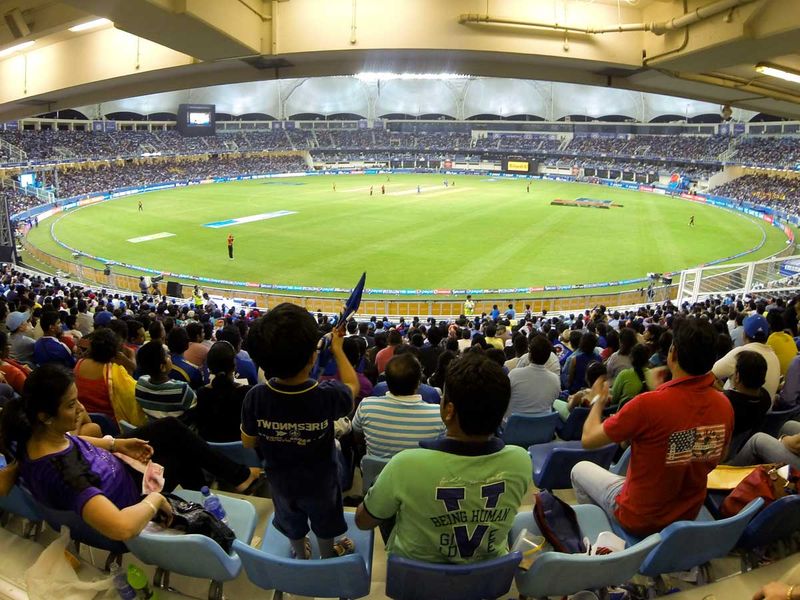
Fans are what make the IPL teams. The fervent support transcends the boundaries of cities and states and even countries. Most supporters tend to be from the city of the franchise, but others follow a team because of a talismanic player. Mahendra Singh Dhoni from Jharkand plays for the Chennai Super Kings and Delhi lad Virat Kohli turns out for the Royal Challengers Bangalore. So the supporters of CSK and RCB could be from anywhere in India or abroad.
IPL supporters are loosely organised groups, mostly on cyberspace. Most of them are active on social media, through groups on Facebook, Instagram and WhatsApp. They all turn up at stadiums in droves. That’s why a home ground and home crowd matter.
You can hear the whistling in Chepauk even before you reach the M.A. Chidambaram Stadium in Chennai. The CSK supporters call themselves the Whistle Podu Army. The chants of R-C-B, R-C-B will ring out at the M. Chinnaswamy Stadium when the team play in Bangalore. RCB call them the Bold Army or 12th Man Army.
Orange Army, MI Paltan and Whistle Podu Army
The Sunrisers Hyderabad supporters are the Orange Army, a clear reference to the team’s colours. MI Paltan is the Mumbai Indians’army; paltan roughly translates into platoon, battalion or a military unit. So the reference to is army is unmistakable.
The Kolkata Knight Riders’ fans are known as the KKR Fans Army. Delhi Capitals’ supporters too don’t have the army suffix; they call themselves the Delhi Capitals Fan Club or the DC Fans Club. The Kings XI Punjab fans are Kings XI Punjab Fans; plain and simple. The Rajasthan Royals Fan Club is just that. No army connection.
Why do most of the IPL fan clubs call themselves the army? It’s apparently borrowed from fan clubs in music and football. The best-known army is The Army: the BTS fan club. But then it’s an abbreviation: ARMY stands for Adorable Representative M.C. for Youth, the official fandom of the Korean pop band, whose popularity is phenomenal.
Barmy Army and the Bharat Army
Some popular fan armies are Blue Army (Aerosmith), Arnie’s Army (golfer Arnold Palmer), Britney Army (Britney Spears), Toon Army (Newcastle United Football Club), Green and White Army (Northern Ireland national football team, and Tartan Army (Scotland national football team).
The best-known army in cricket is the Barmy Army, the travelling supporters of the English team. Initially an informal group, the Barmy Army was later registered as a company in England and Wales. It provides tickets and organises trips for its members to follow the team around the world.
Then there’s the Bharat Army, fashioned along the lines of the Barmy Army. The fans are supporters of the Indian team, and they hail from all around the world. The Bharat Army also help organise fans to travel to support the Men in Blue.
Back to IPL. All the fan clubs are consciously built to enhance the brand value of the teams. Most franchisees recruit tech companies to run fan clubs. Members get discounts on team merchandise, get opportunities to meet their favourite players and the chance to win prizes. Apart from the main fan base, there are branches in other parts of the country. You have fan clubs of Rajasthan Royals and Kings XI Punjab in Kerala. Sanju Samson’s presence could explain the backing for Royals, but why does a Keralite support a Punjab team? It’s a clear case of cricket’s appeal crossing the boundaries of states.
read more
- IPL 2020 in UAE: Why Rahul Tewatia is an unlikely hero for Rajasthan Royals
- IPL 2020 in UAE: Upbeat Delhi Capitals take a journey into unknown
- IPL 2020 in UAE: Amit Mishra, the reluctant bowling hero of IPL
- IPL 2020 in UAE: Royal Challengers Bangalore vs Mumbai Indians
- IPL 2020 in UAE: Market watch — Kagiso Rabada favourite to bowl them over
Last year, Mumbai Indians ran a series of online events for their fans. Delhi Capitals had a bus to ferry their backers to the Arun Jaitley Stadium. This year, Kings XI Punjab have taken a series of steps to increase their interaction with supporters. Each of the fan groups has several million members. That gives a fair idea of their clout.
When the stadiums are filled with spectators, the atmosphere is electric. It can rattle some players, especially youngsters and debutants, while others feed off the crowd’s energy.
Whether it is the gladiatorial contests of the Roman Empire or T20 cricket games of the IPL, sport has always been a spectacle. And spectators are an integral part of it. Let’s hope for a COVID-free world soon, so that fans can bring down the roofs of stadiums with their full-throated cheering.
IPL will be poorer without the armies.



